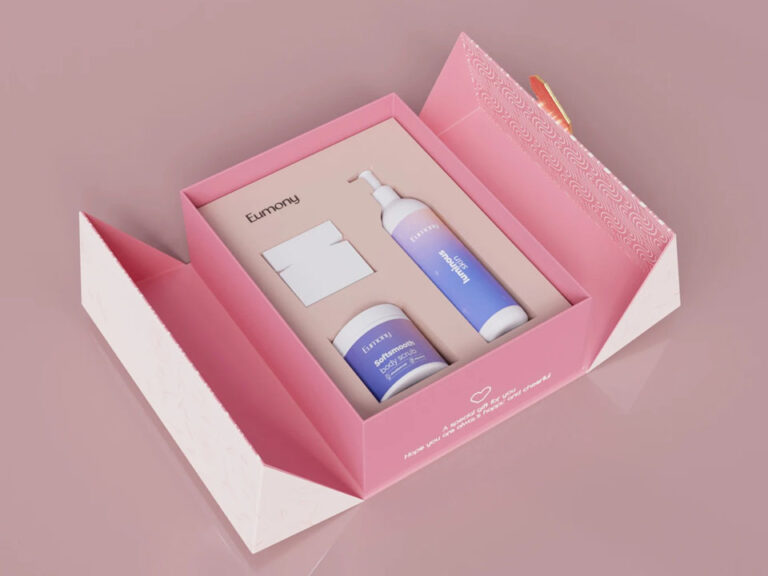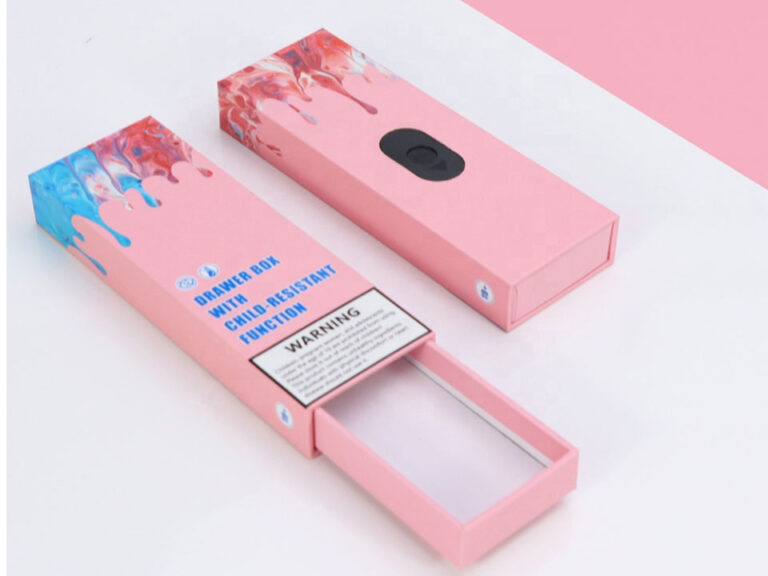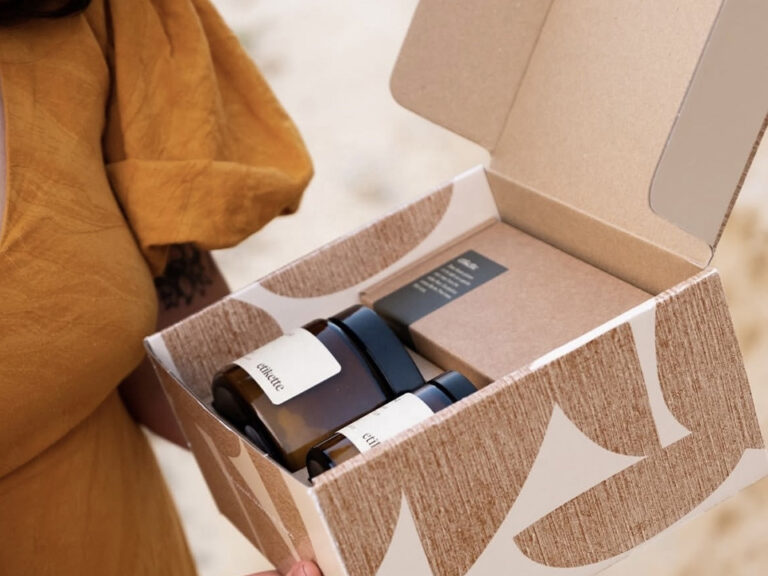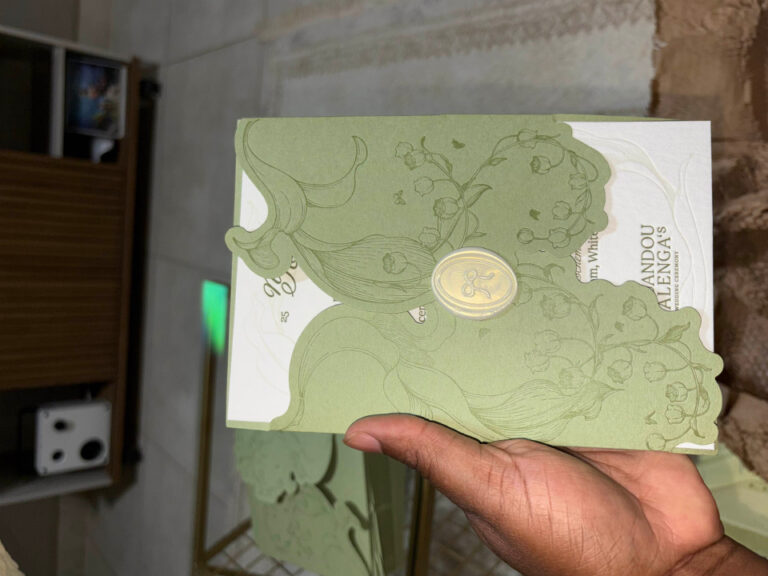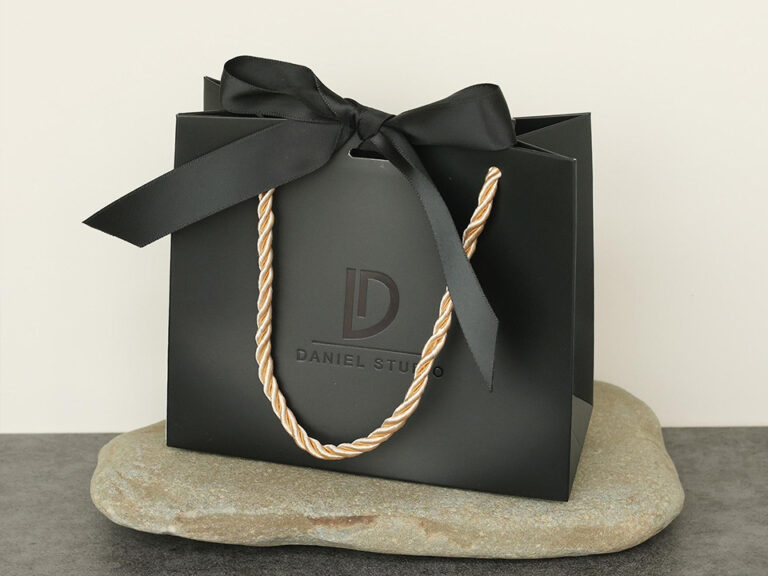How To Make Packaging Boxes Environmentally Friendly
If a box could talk, it would ask for a second life, a lighter footprint, and a design that makes recycling a no-brainer. The good news: you can give it all three—without sacrificing strength, beauty, or brand impact.
Table of Contents
Material revolution: from recycling to bio-based innovation
1. Industrial application of 100% recycled materials
Start by designing for recycled fiber first, virgin fiber second. Modern high-PCR liners and mediums can meet tough crush and stacking targets when you right-size the structure and tune flute, caliper, and fiber recipes. Keep it mono-material where possible so trays, sleeves, and inserts share the same stream. Choose aqueous coatings over film laminations to keep mills happy—and your packs repulpable.
When you need rugged outers, standardize ship-ready formats like printed corrugated boxes, then pair them with precise inners such as folding cartons for a clean, fiber-first system.
2. Industrial practice of bio-based materials
Bio-based doesn’t mean delicate. Starch adhesives, bagasse boards, bamboo pulps, and grass fibers can deliver real-world performance when engineered with the right grammage and forming pressure. Unbleached kraft remains the dependable workhorse—renewable, strong, and on-message visually. For premium sets or refill systems, lean on cylindrical, component-saving formats like paper tube packaging. When gifting calls for elegance without plastic, reach for paper gift boxes and naturally tactile kraft paper gift boxes.
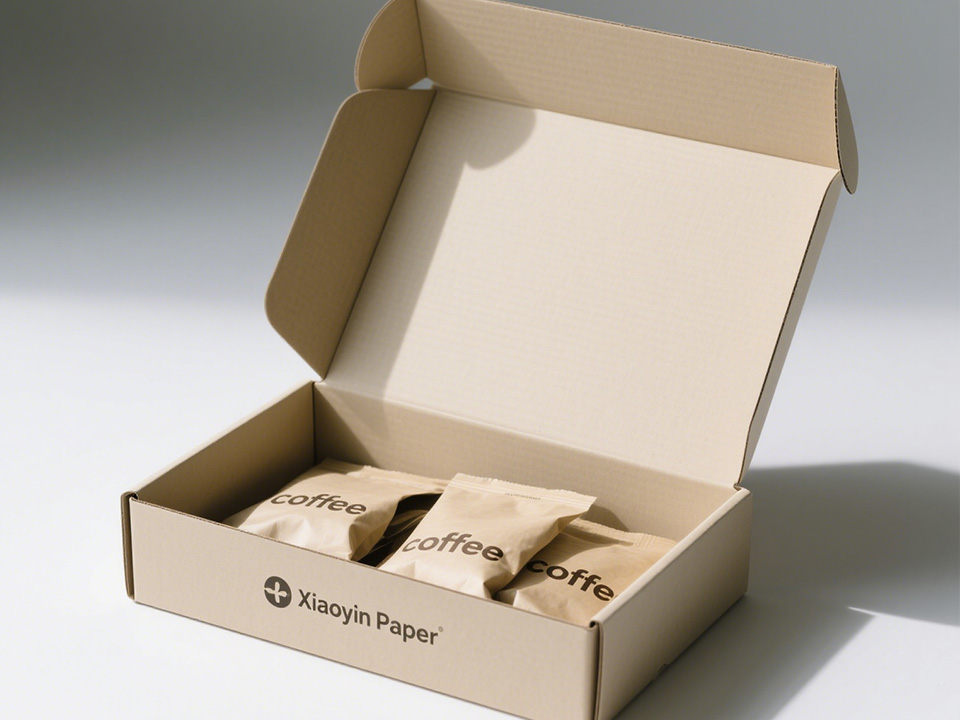
Production optimization: Carbon footprint full-link control model
1. Clean energy transformation
Treat energy like a print spec. Prioritize plants shifting to renewables or high-efficiency cogeneration. Switch to water-based inks and adhesives that cure at lower temperatures and cut volatile emissions. Consolidate finishing passes so you reduce make-readies, spoilage, and embodied carbon—all while improving schedule reliability.
2. Process innovation and standardization
Standardization is sustainability’s quiet multiplier. Lock a platform of board grades, coatings, and dielines that covers most SKUs. Use high-coverage CMYK with selective spot hits, and keep embellishments purposeful. Need retail presence without mixed materials? Choose fiber-first fixtures like cardboard displays that flatten, ship efficiently, and recycle cleanly.
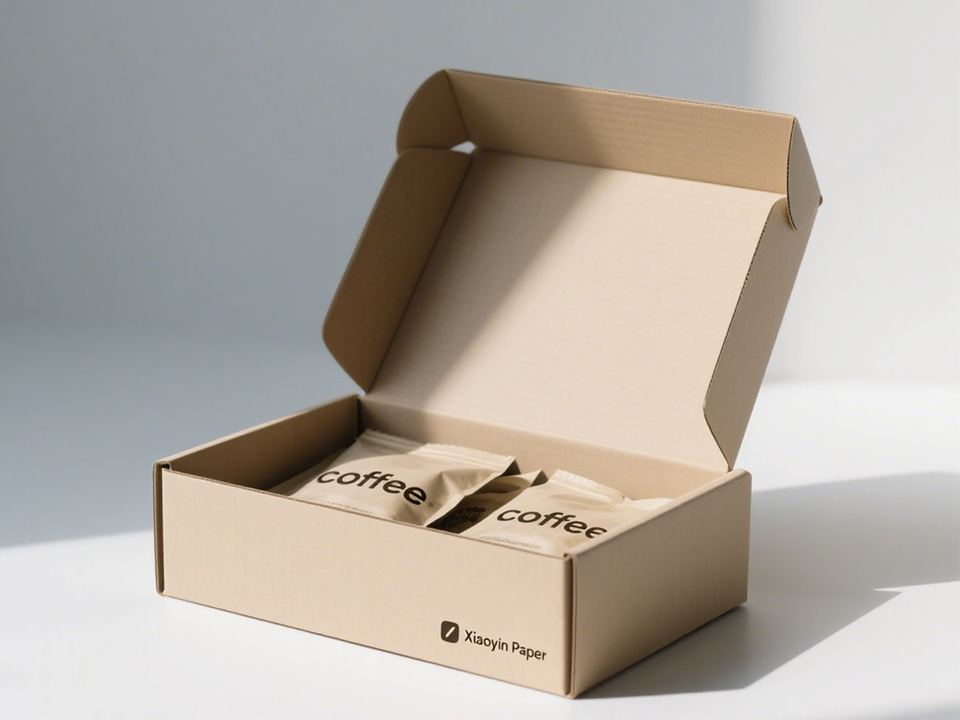
Intelligent technology empowers full life cycle management
1. Internet of Things and data tracking
Serialize secondary packs (QR/Datamatrix) so every box becomes a datapoint. Tie defect clusters to production windows, route shoppers to local recycling guidance, and validate authenticity. Lightweight sensors on pilot runs can link damage to specific legs or carriers—evidence you can use to down-gauge responsibly instead of guessing.
2. Circular economy digital platform
Close the loop with on-pack codes that capture reuse, return, or recycle behavior. Feed that back into your “design rules”: which coatings slow mills, which tear-strips cut returns, which inserts over-perform. Version-control dielines so every rerun prints cleaner than the last. For color discipline and substrate stewardship at scale, lean on expert printing services.
Policy compliance and commercial value balance
1. Global regulatory trends
EPR fees, recycled-content targets, and clear recyclability labeling are converging across regions. The practical move is to design to the strictest common denominator: fiber-first, mono-material, minimal ink loads, and transparent disposal cues. That approach travels smoothly and reduces relabeling or rework across markets.
2. Empirical analysis of cost-effectiveness
Skip public cost math—track the KPIs sustainability actually shifts: damage rate, pick/pack speed, pallet density, presentation defects, and BOM simplicity. Platform families onto shared structures—outer printed corrugated boxes plus inner folding cartons—to compound environmental and operational gains.
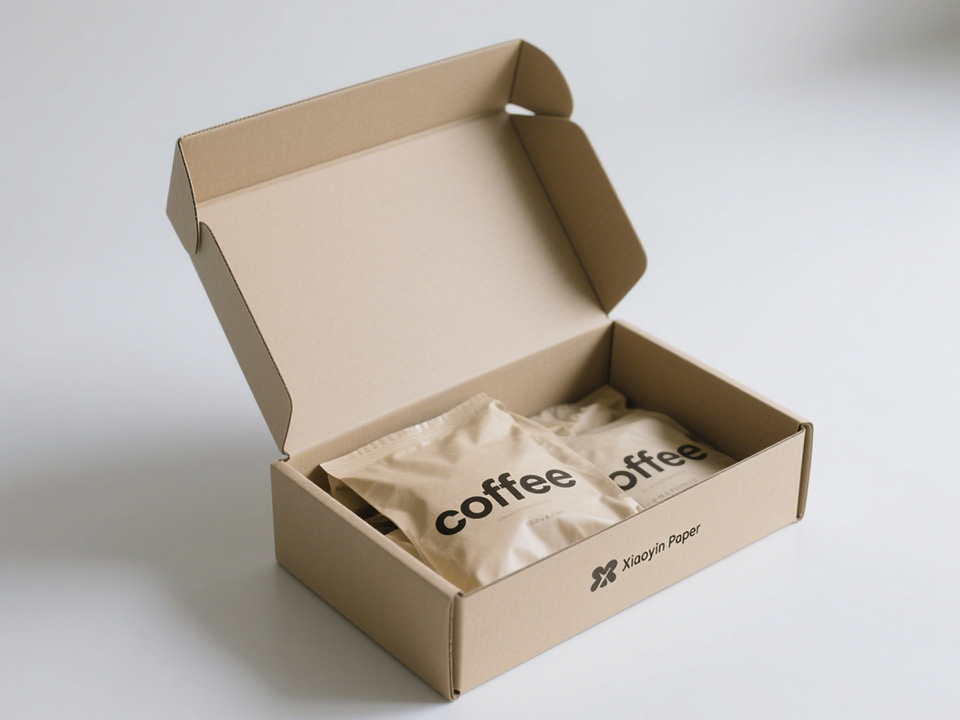
Consumer mind battle: from function to value
1. Consumer behavior research insights
Shoppers skim cues, not essays. Uncoated kraft textures, crisp dielines, and honest recycling guidance drive action. Frustration-free openings cut negative reviews more reliably than extra foam. Premium can still be circular: refined paper gift boxes and elegant paper tube packaging read high-end without leaning on plastic.
2. Cultural narrative innovation
Let the pack tell a true story: which forests support your fiber, how many components you eliminated, why water-based varnish earned the spec, and what the end-of-life path looks like. QR micro-journeys can invite reuse ideas and turn disposal into a simple tap. Anchor the experience with natural-look kraft paper gift boxes and ship in handsome, right-sized printed corrugated boxes.
Ready-to-use packaging directions
- Prioritize fiber and mono-material builds with clear end-of-life paths.
- Standardize board grades, coatings, and dielines to cut waste and complexity.
- Use water-based inks/adhesives; minimize film laminations.
- Track each box with on-pack codes; roll insights into your next spec.
- Make disposal guidance obvious and test it with real customers.
- Keep aesthetics honest: restrained finishes, tactile textures, tidy forms.






